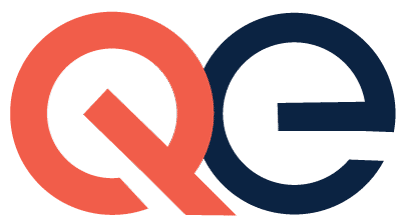A Quick Look
Family support and involvement in transition planning is widely seen to benefit a student’s employment and academic outcomes. Yet school-home partnerships are not de rigueur, especially for low socio-economic families. Parents or caregivers tend to be passive participants in the transition planning and IEP process. Since there are numerous qualitative studies that investigate family involvement with transition planning, the purpose of this metasynthesis is to make meaning of the experiences of parents with transition planning and to understand the barriers they may have faced during their youth’s transition from high school to college or career. In the study, the barriers that families faced are categorized into three groups: family barriers, school barriers, and adult service barriers.
Key Findings
- School barriers that were assessed point to a general neglect and prejudice towards families’ individual circumstances, experience, and values; there is a lack of individualized services, acts of discrimination and racism were common, and accessibility to materials and information were issues.
- Adult services barriers that were assessed point to adult services under valuing the family’s role in the success of the youth, a one size fits all approach, low expectations, and the level of bureaucracy families and youth encounter.
- Family barriers parallel the themes found in school and adult service categories. Low self-efficacy, stress, limited resources, and lack of cultural capital are all barriers families face during the youth transition process.
- Family support of the transition plan is necessary for positive outcomes.
- Dominant cultural values and prejudices are reflected in school personnel, practices, policies, and procedures.
Putting It Into Practice
- Although there is non-consensus on what person-centered planning entails, it is believed to be an effective approach while working with transition age youth.
- Trainings and workshops can help educate families on the transition process, and thus they’ll be able to advocate for their youth.
- Providing resources information, and connection reduces familial stress and thus reduces barriers to transition planning.
- Awareness of existing competitive employment opportunities develops high expectations in both the families and rehabilitation professionals. Trainings such as “Family Employment Awareness” increased knowledge and expectations, but also developed cultural and social capital that helps secure needed services.
- Network with organization like “Think College” to expand post-secondary education knowledge and opportunities for people with disabilities.
- Advocate for person- and family-centered services.
Learn More
- Results are based on a metasynthesis of 22 qualitative studies from the United States. All 22 studies were included because of quality indicators such as quotes that supports themes, conclusions, and data analysis procedures. The synthesis and exploration used Bronfenbrenner’s ecological model and Bourdieu’s social reproduction theory as the theoretical framework to identify and code data. Across the 22 studies, 405 families participated.
Source
Hirano, K. A., Rowe, D., Lindstrom, L., & Chan, P. (2018). Systemic barriers to family involvement in transition planning for youth with disabilities: A qualitative metasynthesis. Journal of Child & Family Studies, 27(11), 3440-3456.

